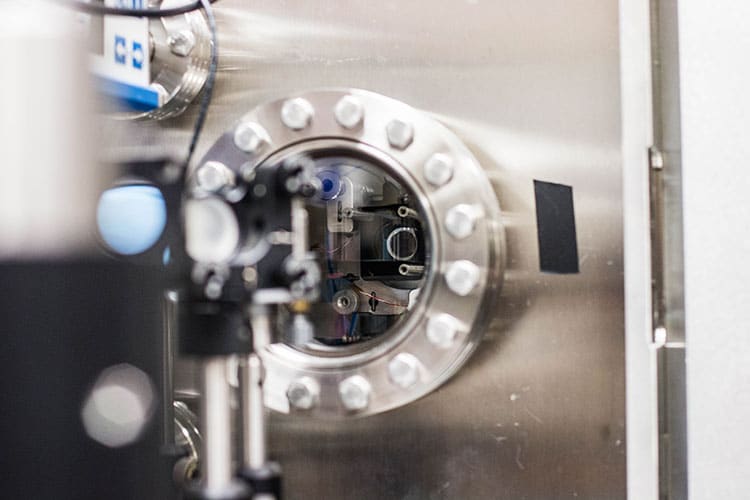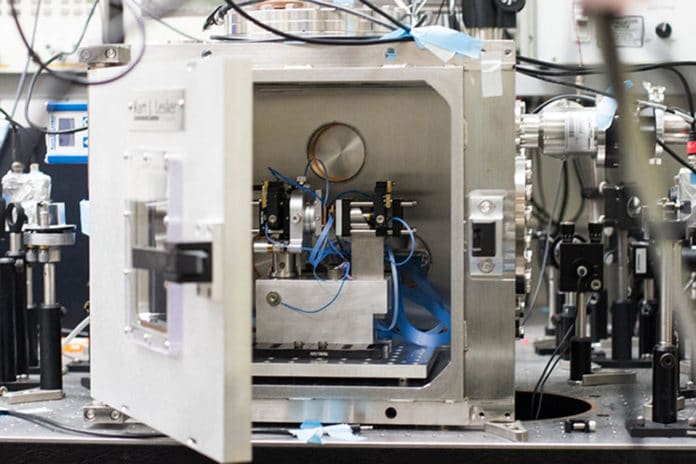Heat transfer in solids is typically conducted through either electrons or atomic vibrations known as phonons. In a vacuum, heat has long been thought to be transferred by radiation but not by phonons because of the lack of a medium.
A recent study has predicted that quantum fluctuations of electromagnetic fields could induce phonon coupling across a vacuum and thereby facilitate heat transfer. The survey conducted by the scientists from the University of California, Berkeley, has shown that weirdness of quantum mechanics can turn basic tenet of classical physics on its head.
Due to a quantum mechanical phenomenon called the Casimir interaction, heat energy can jump over two or three hundred nanometers of a vacuum.
Despite the fact that this interaction is just noteworthy on extremely short length scales, it could have a significant design for the computer chips and other nanoscale electronic parts where heat dispersal is vital. It likewise overturns what a substantial number of us found out about warmth move in high school fees.

Xiang Zhang, the professor of mechanical engineering at UC Berkeley who guided the study, said, “Heat is usually conducted in a solid through the vibrations of atoms or molecules or so-called phonons — but in a vacuum, there is no physical medium. So, for many years, textbooks told us that phonons could not travel through a vacuum. What we discovered, surprisingly, is that phonons can indeed be transferred across a vacuum by invisible quantum fluctuations.”
For the study, scientists placed two silicon nitride membranes coated with gold within a chamber. When they heated one of the membranes, the other warmed up, too — even though nothing was connecting the two membranes and negligible light energy passing between them.
Hao-Kun Li, a former Ph.D. student in Zhang’s group and co-first author of the study, said, “This discovery of a new mechanism of heat transfer opens up unprecedented opportunities for thermal management at the nanoscale, which is important for high-speed computation and data storage. Now, we can engineer the quantum vacuum to extract heat in integrated circuits.”
As Casimir interaction leads to molecular vibrations in space, thus theories suggest that there is no such thing called space across a vacuum.
King Yan Fong, a former postdoctoral scholar at UC Berkeley and the study’s other first author, said, “Even if you have space — no matter, no light — quantum mechanics says it cannot be truly empty. There are still some quantum field fluctuations in a vacuum. These fluctuations give rise to a force that connects two objects, which is called the Casimir interaction. So, when one object heats up and starts shaking and oscillating, that motion can be transmitted to the other purpose across the vacuum because of these quantum fluctuations.”
Scientists properly selected the size and design of the membranes. Doing this enabled them to transfer the heat energy over a few hundred nanometers of a vacuum. This distance was far enough that other possible modes of heat transfer were negligible — such as energy carried by electromagnetic radiation, which is how energy from the sun heats Earth.
The study just appeared this week in the journal Nature.
